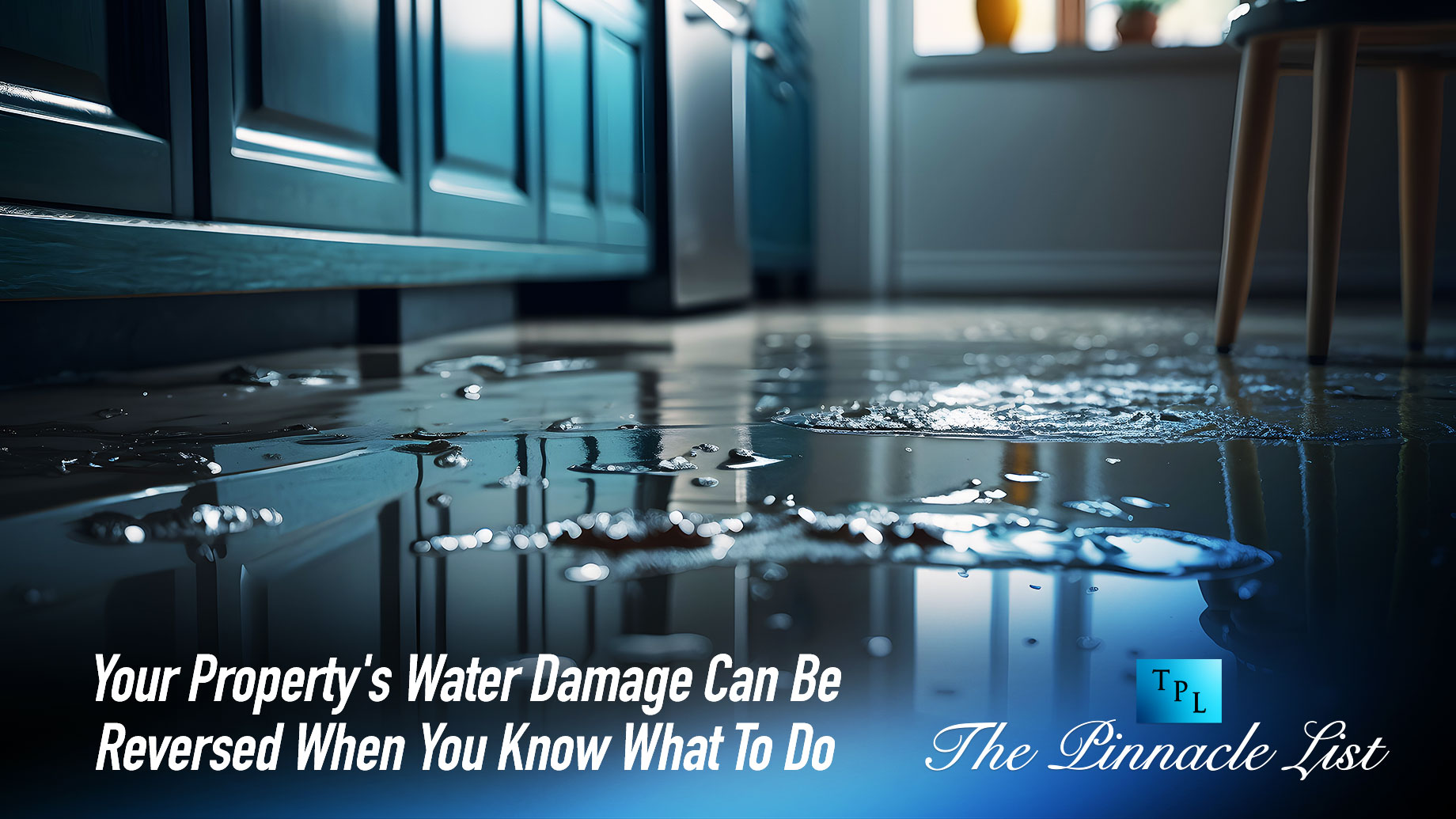
Flooding of homes need not necessarily be due to natural flooding of the surroundings that force water inside homes. Burst pipes, leaking roofs, and clogged drains can cause water accumulation inside homes. Whatever might be the reason water exposure is inadequate for homes as it destroys property and causes a lot of inconvenience for the residents.
Therefore, restoring the affected areas to their original condition becomes a top priority. Seeking the services of a company that specializes in water damage restoration is the most appropriate response in such situations. The restoration process involves various activities to remove water, clean and disinfect the areas, and restore the property’s condition as before the incident. The restoration process includes repairing and replacement work, such as damaged drywall below the water level, carpet padding, and wood trim boards.
Act fast to restore normalcy
If your property goes underwater even briefly, you must act fast to protect your belongings and prevent damage to the property. Besides posing other health hazards, water exposure can rapidly spread mold and mildew. Seeking professional help immediately can control the damage and help restore normalcy at the earliest. The essential task at the time is to remove the water before starting any other restoration work. Removing water helps to prevent the spreading of bacteria, mold spores, and viruses that can lead to various health problems. Professional teams use special equipment for speedy water removal. They are experts in thoroughly drying and cleaning the property to ensure a satisfactory restoration job involving drying, disinfection, and replacing destroyed materials.
Drying
Soon after obliterating water from the affected areas, cleaning the place and then drying the surfaces thoroughly is necessary. The action helps to remove unpleasant odors and prevent the growth of bacteria and toxic mold that rapidly grows on wet surfaces. Specialized equipment such as heaters, fans, and dehumidifiers are most effective in drying places by driving away moisture from the deep layers and not only the surface. However, the technique works well only in areas of low saturation. Areas with high humidity will take more effort and longer to dry.
Setting up drying chambers is another effective method of drying wet areas by reducing air space and speeding up the drying process.
Disinfection
After drying, it is necessary to disinfect the affected areas before taking up repair work. The process involves cleaning and sanitizing floors, walls, and carpeting to eliminate germs and ensure a healthy indoor environment after the restoration process. Hydrogen peroxide, bleach, and ammonia are the most commonly used materials besides some other chemicals depending on the extent of disinfection to achieve. However, using safe and eco-friendly chemicals to avoid health hazards is essential.
Repair and replacement
The restoration process ends with replacing and repairing the damaged parts of the water-affected property. This includes drywall, insulation, wood floors, and carpeting that usually goes underwater even with the slightest flooding. Removing furniture and other items from the area to be dried helps is faster drying.
If you are experiencing water damage issues at home, you should seek professional assistance to bring the situation under control. They have the required skills and equipment to do the needful.